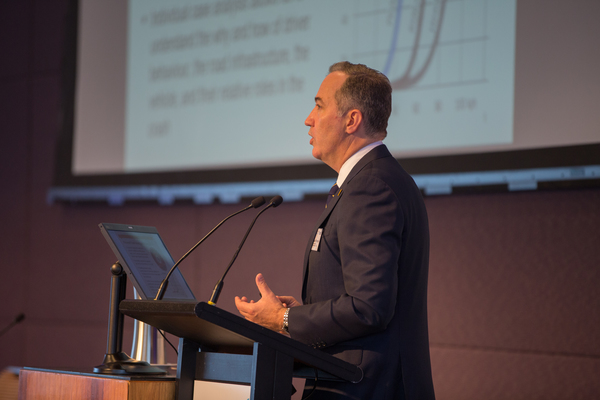
WORLD-first Victorian research has linked blackouts due to medical conditions with nearly one-in-five serious injury crashes on the state’s roads.
The trend has prompted the Transport Accident Commission to call on Victorians living with medical conditions to speak to their doctors about factors that may affect their ability to drive safely.
For the past 18 months, researchers from Monash University Accident Research Centre have been examining crashes resulting in serious injuries as part of the $8 million TAC-funded Enhanced Crash Investigation Study (ECIS).
TAC senior road safety manager Samantha Cockfield said some of the world’s leading road safety experts were today briefed on interim findings from the study at a MUARC-TAC Road Safety Seminar in Melbourne.
Of the 107 crashes investigated so far, 19 (17 per cent) occurred after the driver experienced a blackout behind the wheel. The main causes for the blackouts were seizures caused by epilepsy and other medical conditions, heart conditions and uncontrolled diabetes.
“These findings indicate that medical conditions could play a bigger role in serious injury crashes than was previously thought,” Ms Cockfield said.
“It is extremely important that people with ongoing health issues speak to their doctors about whether their condition or their medications may impact on their ability to stay safe on the roads.”
By the end of 2016, the ECIS will have examined 400 Victorian serious injury crashes in microscopic detail.
Drowsiness was identified as the leading cause of the crashes examined, with 29 seriously injured drivers (27 per cent) recalling feeling tired behind the wheel when the crash happened. ECIS researchers examined about 5000 individual pieces of information relating to each crash.
Ms Cockfield said insights gleaned from the ECIS would help inform Victoria’s efforts to create a safer road system as the state moves towards its goal of zero road deaths and serious injuries.
“For too long, we have looked at our road trauma problem based purely on the number of lives we’ve lost in a year,” Ms Cockfield said.
“That is a powerful measure but it does tend to overshadow the fact that nearly 6000 people are admitted to hospital after road accidents each year in this state.“






